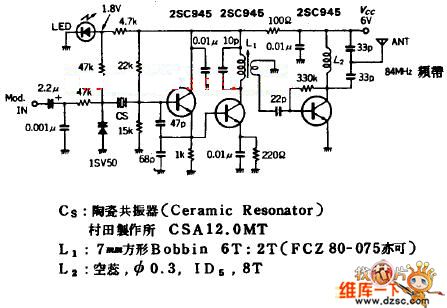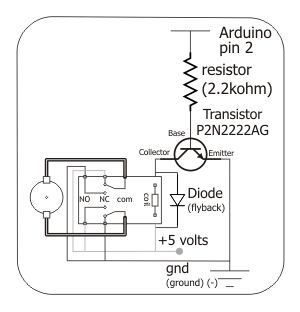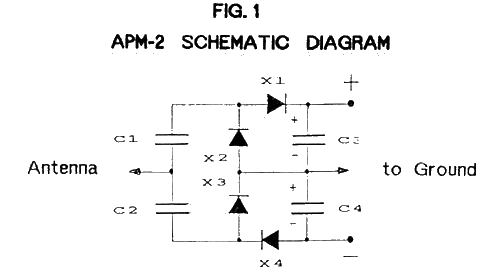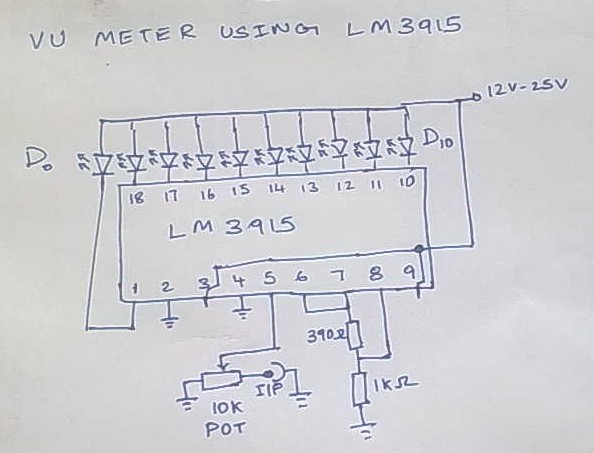
Reference Design for an 802.11b/g RF Front-End Module Using the MAX2830

This module utilizes the highly integrated MAX2830 RF transceiver, providing a complete RF front-end solution that complies with the WLAN IEEE 802.11b/g standard.
The MAX2830 RF transceiver is designed for wireless communication applications, specifically targeting WLAN systems. It integrates various functionalities required for RF signal processing, including a low-noise amplifier (LNA), a power amplifier (PA), and a frequency synthesizer, all within a compact package. This integration simplifies the design of RF front-end circuits, reducing the need for multiple discrete components and thus minimizing the overall footprint of the device.
The RF transceiver operates within the 2.4 GHz ISM band, which is commonly used for WLAN communications. It supports both 802.11b and 802.11g standards, enabling high data rates and reliable connectivity. The device features advanced power management capabilities, allowing for efficient operation and extended battery life in portable applications.
In terms of performance, the MAX2830 offers excellent sensitivity and linearity, ensuring robust communication even in challenging environments. The LNA provides high gain with low noise figure, while the PA is designed to deliver sufficient output power for effective transmission over the required range.
The transceiver is typically interfaced with a microcontroller or baseband processor that handles the digital signal processing. The design of the associated circuitry must include proper impedance matching and filtering to ensure optimal performance. Additionally, careful attention must be paid to the layout of the PCB to minimize signal degradation and interference, particularly in high-frequency applications.
Overall, the MAX2830 RF transceiver represents a versatile and efficient solution for developing WLAN-enabled devices, streamlining the design process and enhancing performance in wireless communication systems.This module uses the highly integrated MAX2830 RF transceiver. It is a complete RF front-end solution that meets the WLAN IEEESM 802.11b/g standard.. 🔗 External reference
The MAX2830 RF transceiver is designed for wireless communication applications, specifically targeting WLAN systems. It integrates various functionalities required for RF signal processing, including a low-noise amplifier (LNA), a power amplifier (PA), and a frequency synthesizer, all within a compact package. This integration simplifies the design of RF front-end circuits, reducing the need for multiple discrete components and thus minimizing the overall footprint of the device.
The RF transceiver operates within the 2.4 GHz ISM band, which is commonly used for WLAN communications. It supports both 802.11b and 802.11g standards, enabling high data rates and reliable connectivity. The device features advanced power management capabilities, allowing for efficient operation and extended battery life in portable applications.
In terms of performance, the MAX2830 offers excellent sensitivity and linearity, ensuring robust communication even in challenging environments. The LNA provides high gain with low noise figure, while the PA is designed to deliver sufficient output power for effective transmission over the required range.
The transceiver is typically interfaced with a microcontroller or baseband processor that handles the digital signal processing. The design of the associated circuitry must include proper impedance matching and filtering to ensure optimal performance. Additionally, careful attention must be paid to the layout of the PCB to minimize signal degradation and interference, particularly in high-frequency applications.
Overall, the MAX2830 RF transceiver represents a versatile and efficient solution for developing WLAN-enabled devices, streamlining the design process and enhancing performance in wireless communication systems.This module uses the highly integrated MAX2830 RF transceiver. It is a complete RF front-end solution that meets the WLAN IEEESM 802.11b/g standard.. 🔗 External reference





